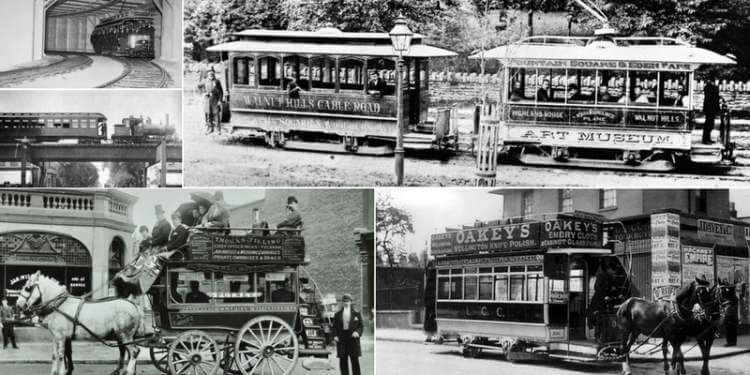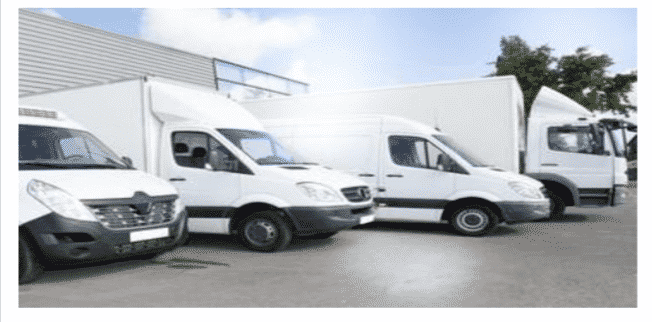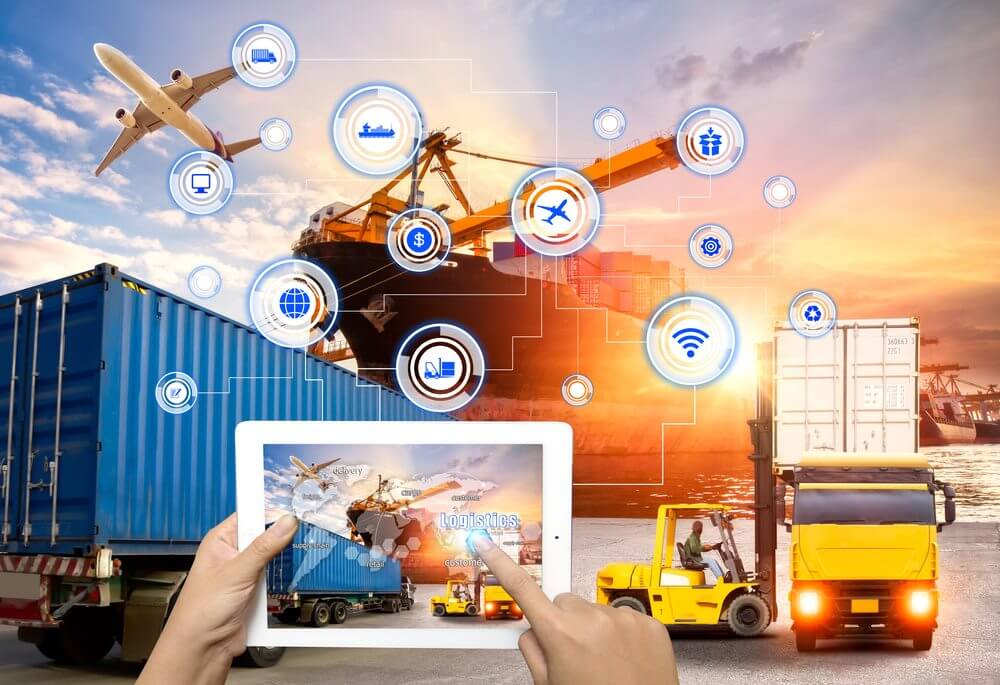
Since the invention of the wheel, transportation has undergone a revolution. From animal carts to smart delivery fleets, the urge to discover, trade, and connect has driven the evolution of transport. While modern advancements like air freight, container trucks, and high-speed trains dominate logistics today, many traditional modes of transport are still in use across India — especially in rural or heritage-rich areas.
For businesses and logistics companies in Pune, Mumbai, Vadodara, and other major cities, these modes represent not just cultural heritage but practical, cost-effective solutions in certain regions. At TruckGuru, we understand that efficient logistics often blend traditional methods with modern transport technology for last-mile delivery and regional accessibility.

Explore these ten oldest modes of transportation in India that continue to play a key role in local movement and delivery today.
1. Animal-Powered Transport
Animal-powered transport — including bullock carts, horse-drawn carriages, donkeys, elephants, and yaks — was once the backbone of India’s logistics system. Even today, in many remote and rural areas, these eco-friendly and low-maintenance transport options remain in use. Farmers and small-scale traders still rely on bullock carts to move goods to local markets.
For logistics companies looking to penetrate deep rural markets, combining traditional transport with advanced route planning can ensure seamless last-mile delivery, especially in states like Rajasthan, Uttar Pradesh, and parts of Maharashtra.
2. Ferry Services
Ferries are still widely used across India’s coastal regions and rivers — from the backwaters of Kerala to the ferry terminals of West Bengal and Assam. Though modern transportation companies in Mumbai and other coastal hubs have adopted advanced systems, ferries continue to offer a practical and affordable mode of transport for both people and cargo.
Ferry transport reduces the need for long-distance road journeys, which makes it both time- and fuel-efficient. It’s an excellent solution for cargo requiring cross-water transit.
3. Coracles
Coracles — small, round boats made of reeds, bamboo, and tar — are still in use across certain parts of South India, especially in Karnataka and Tamil Nadu. Though limited in capacity, these traditional boats are effective for small-scale movement of goods and people across rivers.
For businesses operating in forested or tribal regions, integrating coracle transport can enhance reach into otherwise inaccessible areas.
4. Boats
Boats have been a consistent form of water transportation throughout history. In India, they are widely used across rivers, lakes, and coastal zones. Boats are ideal for fishing, goods transport, and passenger services in port cities and inland waterways.
Even today, transportation services in Vadodara and nearby regions use boats in smaller ports for local logistics support, especially where bridges and road access are limited.
5. Motorbikes
When it comes to fast and flexible logistics solutions, motorbikes are unmatched — especially in dense urban areas and hilly regions. In the early days, Pune transport companies used motorbikes not only for personal commuting but also for lightweight cargo delivery.
Today, bike courier services have become a mainstay in eCommerce, medicine delivery, and food logistics. For urgent deliveries, motorbike transport offers unmatched speed and agility.
6. Auto Rickshaw
Auto rickshaws are one of the most commonly used transport options in India. Found in both urban and semi-urban areas, these three-wheeled vehicles are fast, compact, and budget-friendly. Several companies offering truck rental services also provide auto rickshaw rentals for intra-city freight movement.
They are particularly useful for navigating narrow lanes and delivering smaller consignments like groceries, packages, or spare parts.

7. Auto Rickshaw
Cycle rickshaws may not be fast, but they remain a highly effective and low-cost transport option for local trips. They operate without fuel, are easy to maintain, and offer employment to thousands of rickshaw drivers.
In metro cities like Delhi, Mumbai, and Kolkata, logistics providers still engage cycle rickshaws for small-load delivery within congested markets.
8. Tram
Trams are now exclusive to Kolkata, where they serve as an iconic and functional part of the city’s public transportation network. While they may not be the fastest mode of transport, trams offer a sustainable and unique experience.
From a logistics standpoint, trams are not directly used for goods transport but represent how public transportation can influence urban planning and sustainable city mobility.
9. Hand-Pulled Rickshaw
Still found in parts of Kolkata and Hyderabad, hand-pulled rickshaws are used for short distances — mainly in congested marketplaces or narrow lanes where no other vehicle can pass. For daily wage earners, this mode of transport remains a critical source of income.
Some Hyderabad transport companies integrate these into their logistics ecosystem for ultra-short distance delivery in old city zones.
10. Shikara
Shikara is not just a cultural symbol of Kashmir — it’s a genuine mode of transportation across the lakes and waterways of Srinagar. For locals, it’s a practical way to get around. For tourists, it’s an unforgettable experience.
Although not used in mainstream logistics, the concept of region-specific transport (like Shikara) offers inspiration for tourism-based logistics, floating markets, and event-based cargo movement.
Taxi Services (Old Amby Cabs)
Taxis — especially the old Ambassador cars — were once synonymous with Indian urban transport. While most have been replaced by modern fleets, the “Old Amby” still holds nostalgic value in cities like Mumbai and Kolkata.
For passenger logistics, airport transfers, and hotel commutes, taxis continue to be essential. Today, logistics services in Vadodara and other metro cities offer luxury and economy taxi rentals as part of their service portfolio.
Why Traditional Modes Still Matter in Modern Logistics
While the logistics and transportation industry is shifting toward AI-powered tracking, electric vehicles, and on-demand freight apps, traditional modes still play a vital role in regional connectivity. Integrating these transport types into a broader logistics network helps companies offer better reach, cost efficiency, and sustainable delivery options.
At TruckGuru, we bridge the gap between traditional transport and modern logistics. Whether you’re looking for truck rental services in Pune, freight forwarding in Mumbai, or local delivery in Vadodara, we offer customized solutions that blend legacy methods with the latest tech.
About TruckGuru
India’s transportation history is as rich and diverse as its culture. While modern vehicles have replaced many older methods, the ten traditional transportation types listed above continue to thrive — thanks to their practicality, affordability, and cultural significance.
If your business needs reliable, scalable, and location-specific logistics solutions, trust TruckGuru — one of the most reputed transportation service providers in India.
Get in touch with us today for tailor-made logistics services in Pune, Vadodara, and across India



